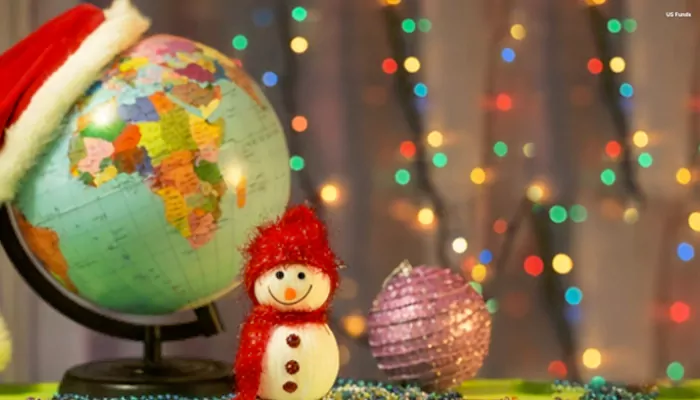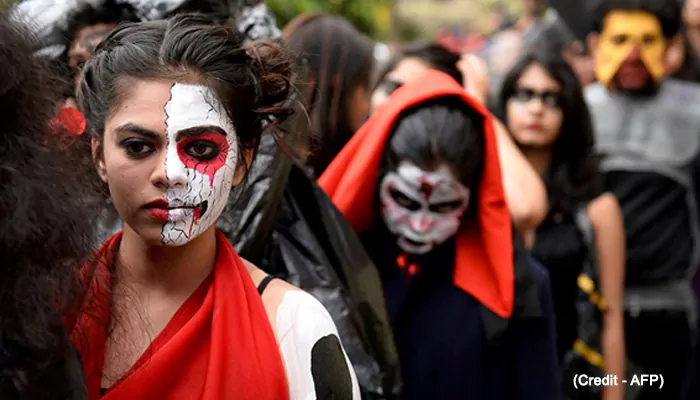Unlock Chacha Nehru's Soft Side on Children's Day: 7 Facts That'll Make You Love Him Even More
- Admin
- 1 month ago
- 4 minutes read
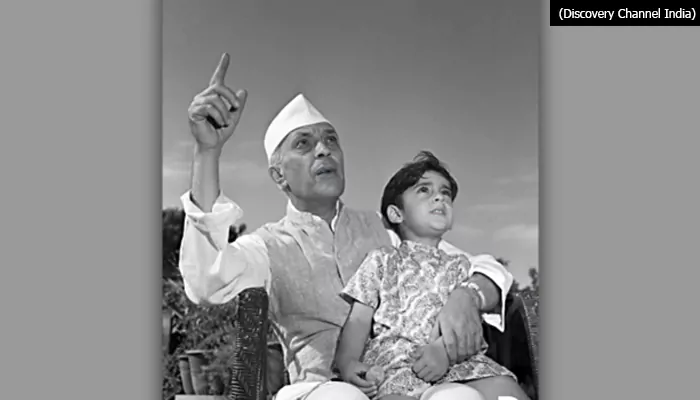
If you ever wondered why November 14 feels a little brighter, just blame it on Chacha Nehru’s gentle mischief and big-hearted ideals.
So you think you know Chacha Nehru? Sure, every year on November 14, schools burst into color and song, with children reciting lines about how India’s first Prime Minister loved kids best. But most folks stop at the clichés - red rose pinned to his jacket, a twinkle in his eye, and that iconic achkan. Here’s the heartwarming stuff you almost missed: the offbeat, relatable, sometimes downright quirky backstories that make Nehru less of a statue and more like the cool uncle you wish you had.
The Rose With a Memory
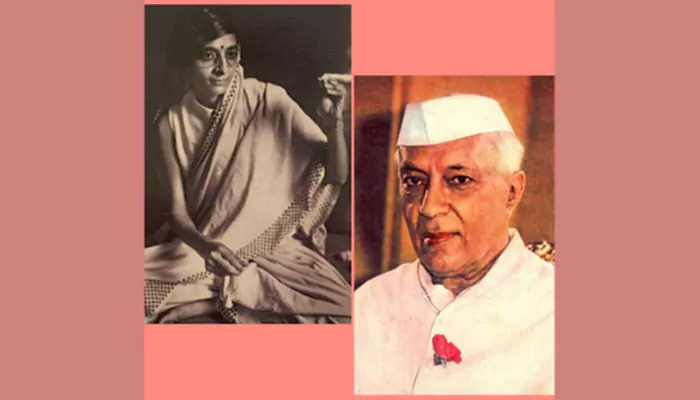
Jawaharlal Nehru’s signature pocket red rose was a tribute to his late wife Kamala Nehru.
No, Nehru didn’t just wear a rose for style points. After the passing of his wife, Kamala, in 1936, he began pinning a fresh red rose to his coat daily - equal parts tribute and talisman. Later, it grew into a symbol of warmth and affection for children, the kind of small gesture that invites stories. Some claim it started after a child handed him one at a rally; others say it was for his late wife. Either way, you could call it the original “signature accessory”.
The Kite-Flying Rebel
As a student in Harrow and Cambridge, Nehru was known for importing the finest kites from India and converting his English pals to the sport. It wasn’t about showing off - it was just him chasing simple joys amid serious scholarship. In fact, his skills sometimes bested his British peers! Who knew?

Jawaharlal Nehru at Harrow, 1906
(By Hills & Saunders)
'Joe Nehru' and His Animal Crew
At Trinity College, classmates called him “Joe Nehru” - turns out his name baffled Brits, so he picked up a nickname. And speaking of the crew, Nehru’s home was literally a mini-zoo: dogs, pandas, even a few deer roamed at various times. He was fascinated by all creatures, and his affection meant neighbors would sometimes find their pets chilling with Chacha after escaping backyards.
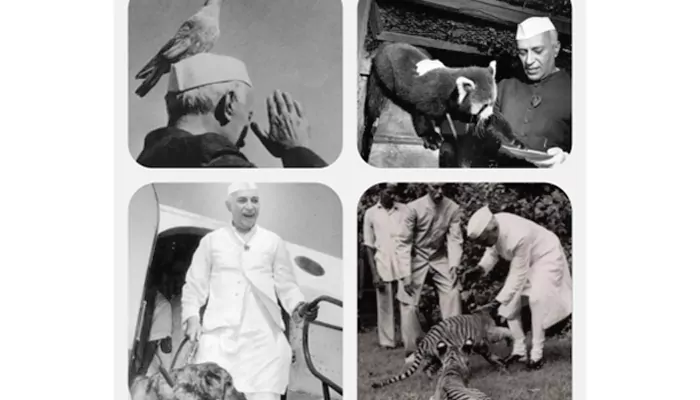
Chacha Nehru and his furry friends
The Handmade Saree That Became a Family Heirloom
Ever heard this? While sitting in prison, Nehru spun out a pale pink khadi saree for daughter Indira’s wedding day. That same saree would later be worn by Sonia Gandhi and Priyanka Gandhi at their weddings - a family keepsake, crafted behind bars by a father with too much time and a big heart.
On her wedding day, Indira Gandhi wore her father's pastel pink khadi saree that he spun while in prison.
(@bathai_rasam/Instagram)
Grounded by Children’s Questions: No Ceremonies, No Dogmas
A deep believer in secular education, Nehru famously wished that no religious ceremonies be performed after his death - he wanted none of the pageantry, only progress. Children’s curiosity and frankness inspired him to break pointless traditions, championing the kind of inclusivity and questioning that modern classrooms still struggle to nurture.

(Dailymotion)
Chacha at School: Storyteller, Listener, Big Dreamer
Visit any archive and you’ll find photos of Nehru sitting cross-legged, surrounded by giggling kids, swapping stories, and letting their jokes deflate the seriousness adults often put on a child’s world. His real gift? He could listen, really listen - sometimes forgetting he wasn’t quite their age. “For a while, I forget that I am so old and that I was a child long, long ago,” he confessed once.
The Family Next Door - But Never Ordinary
Born into privilege, sure, but Nehru went out of his way to make children feel at home - his doors were always open, his table shared. And yet, every child was a future architect of India to him, not just a guest.
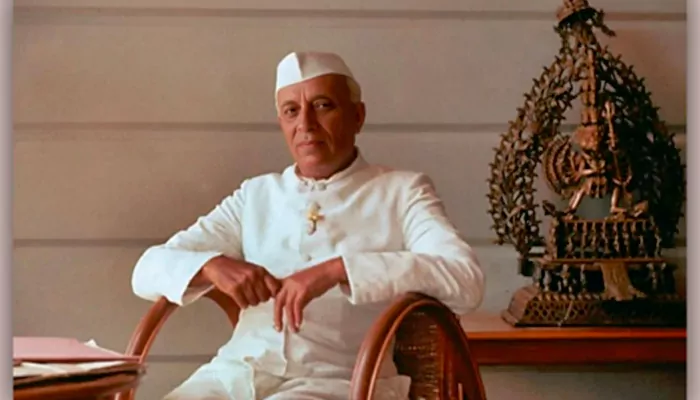
(Source: Free Press Journal)
Beyond all the textbook grandstanding and political sound bites, Pandit Nehru left a legacy equally woven from empathy, humor, heartbreak, and hope.
His love for life and belief in humanity reminds us that every Children’s Day ought to honor not just the leader, but the human who loved children because they were “the buds in the garden of life.”



